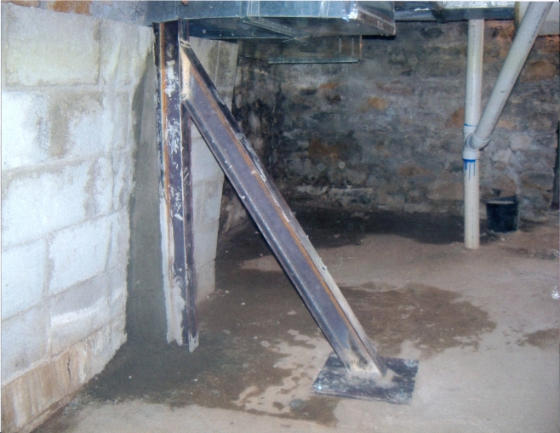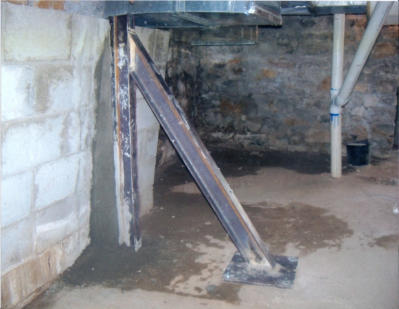Services
Drainage
Steel Piers
Wall Bracing
Water Proofing
Epoxy Injection
Wall Repair
Masonry
Polyjacking
French Drains
Crawl Space Encapsulations
Links
Online Quote
We offer competitive pricing!
Our prices are typically lower
than our big-name corporate
competitors.
Copyright 2024. All Rights Reserved. Made by WebDebSites.
(913) 262-6222
(785) 505-0577
Mon - Fri
8:00 am - 5:00 pm






Email Us
pankeyfoundationrepairkc@gmail.com



Don’t let anyone play
hankey pankey
with your foundation.



Services
Drainage
Steel Piers
Wall Bracing
Water Proofing
Epoxy Injection
Wall Repair
Masonry
Polyjacking
French Drains
Crawl Space Encapsulations
Online Quote
We offer competitive pricing! Our prices are
typically lower than our big-name
corporate competitors.
Copyright 2024. All Rights Reserved. Made by WebDebSites.
Mon - Fri
8:00 am - 5:00 pm





Don’t let anyone play
hankey pankey
with your foundation.

WALL BRACING
PANKEY FOUNDATION REPAIR
Too much water can cause soils to be expansive and
foundations can push in. Walls will push in laterally due
to expansive clay soil swelling, creating hydrostatic
pressure against the foundation wall. The best time to
fix a foundation problem is as soon as you find it. If left
for a time, a foundation problem could get worse.
Steel braces or Vertical Wall Restraints are
generally installed to a foundation wall that
has moved ¾ of an inch or more. Walls will
push in laterally due to expansive clay soil
swelling, creating hydrostatic pressure against
the foundation wall. Steel beams are installed
vertically against the wall and anchored to the
floor joists above and to the concrete floor
below.

PANKEY FOUNDATION REPAIR
WALL BRACING



WALL STRAIGHTENING
PANKEY FOUNDATION REPAIR
Generally walls that have moved more than 3 ½
inches should be straightened back to their
original level position. To achieve this:
1.
2.
3.
The foundation wall is excavated
and the house is temporarily
raised slightly off of the
foundation.
The braces are installed and the
wall is hydraulically leveled back
to its original position.
The house is then rested on the
wall and cracks on the exterior
are sealed and dirt is backfilled.
PANKEY FOUNDATION REPAIR
SIGNS OF
SETTLEMENT
Soil in the Kansas City Area can contain
expensive clay. In the rainy seasons the
moisture content of the clay soil increases and
therefore the soil expands. In the summer
months the clay will dry up and the soil will
retract (similar to a sponge drying up.) As the
moisture content of the soil decreases
foundation footings and walls will start to shift
and settle.
•
Water in basement
•
Cracks in sheet rock
•
Un-level floors
•
Cracks in brick/stone
•
Cracks in basement floors
•
Cracks in foundation walls
•
Windows/doors/cabinets that stick or are
misaligned
•
Chimneys and porches leaning away from
structure

(913) 262-6222
(785) 505-0577
Mon - Fri
8:00 am - 5:00 pm


Email Us
pankeyfoundationrepairkc@gmail.com
























